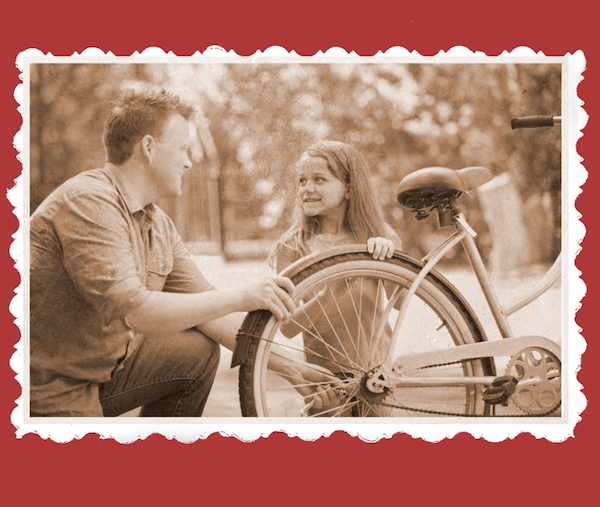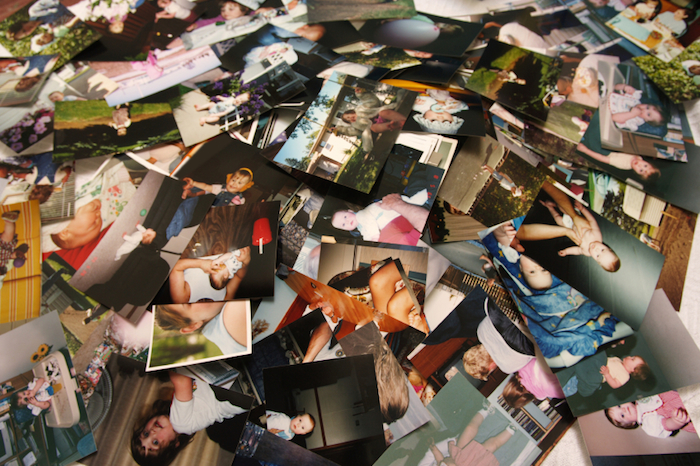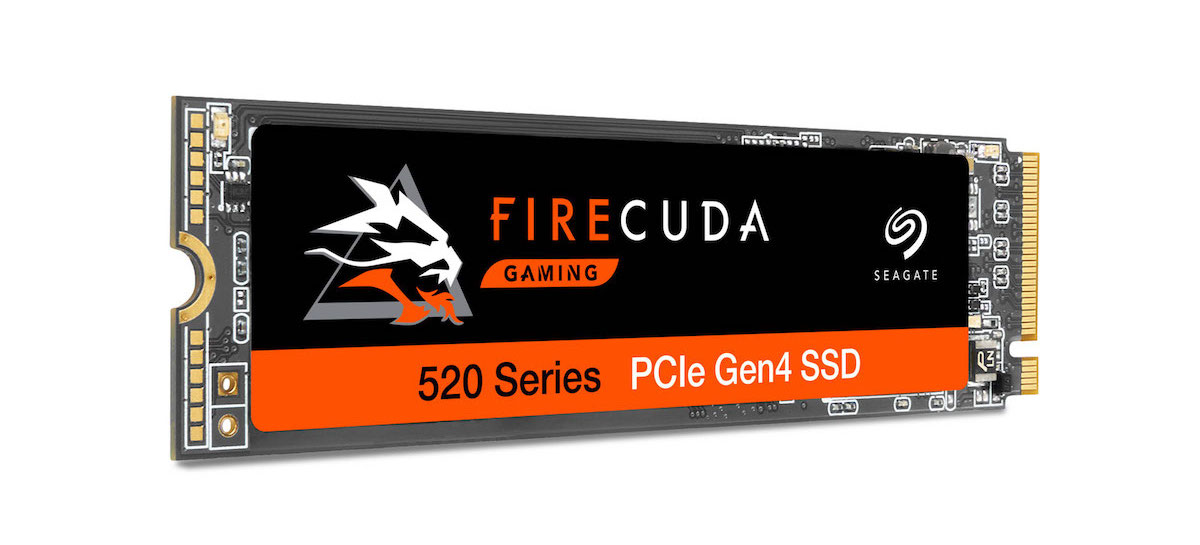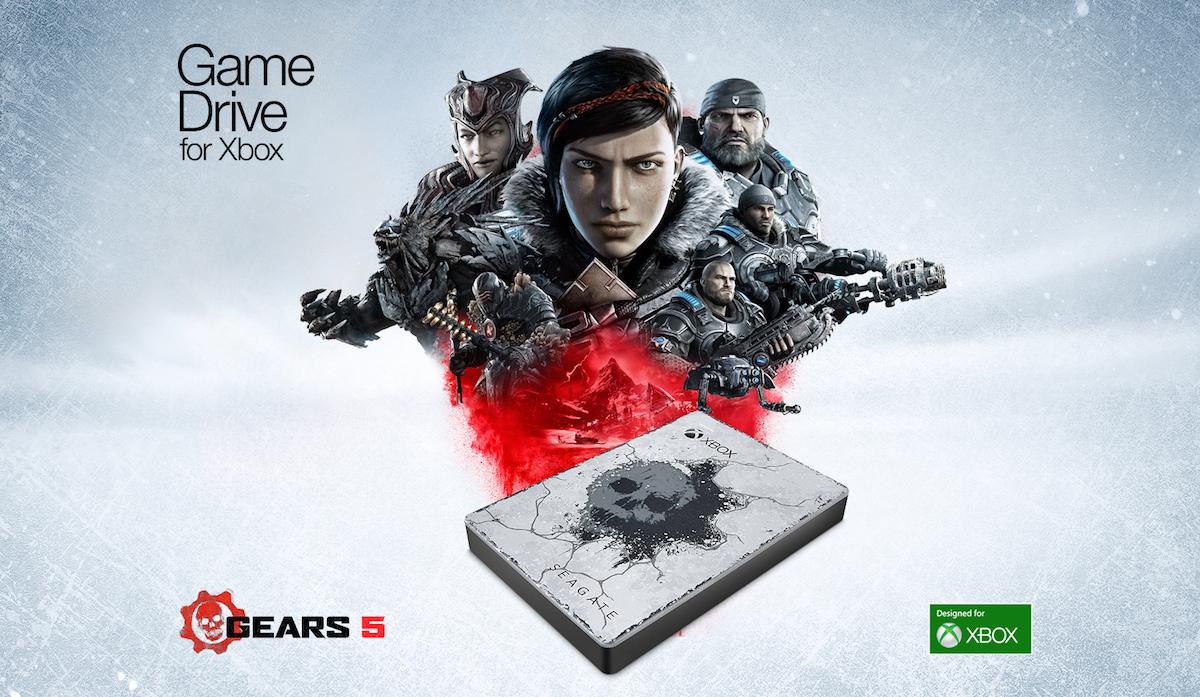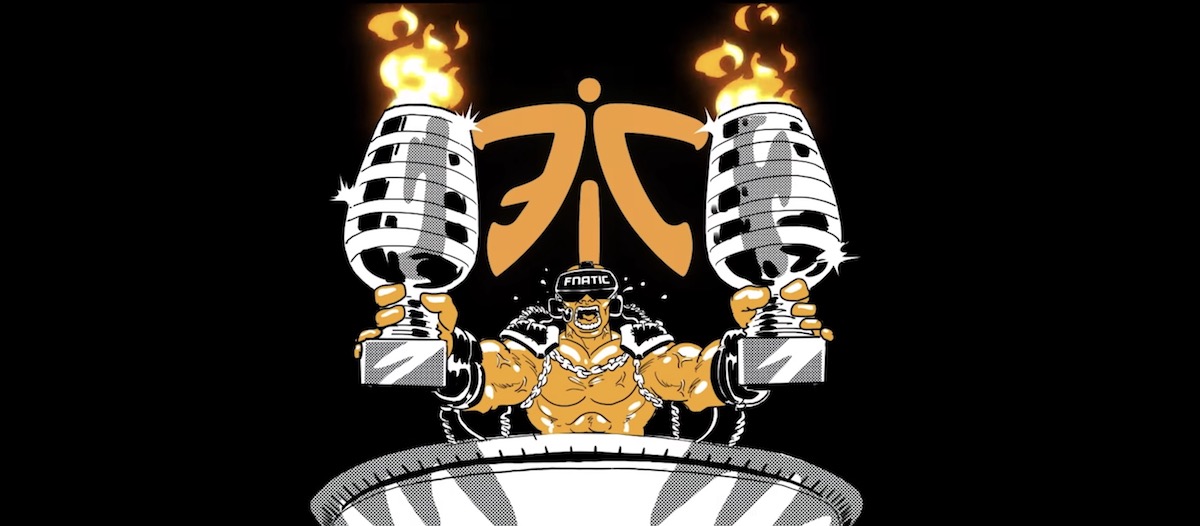“All Digital Objects are Born Digital Objects,” says this article on the US Library of Congress website. Is that really true? What about all the old printed photos I keep meaning to scan? (The article points out when we scan an object, we don’t really digitize that object, but create a new object).
Anyway, that got me thinking about how I (and we all) use storage — and whether I’m doing enough to preserve all the content I create, whether it’s digital or analog.
Today, we still use lots of local storage in our laptop or PC to run applications, create documents, edit videos or photos. Many of us also have additional external hard drives and flash drives, or cloud storage, we use for lots of reasons:
- Stay organized: Do you have storage devices for each laptop, or each member of the family, or each content type (music, videos)?
- Be mobile: The ability to access files from anywhere at any time.
- Protection: Backup. Of course.
What we don’t necessarily have is any storage dedicated to preservation.
The Library of Congress article explains the need:
“If we want any of these born digital objects to stick around, the ones created on a flatbed scanner or the ones created with a digital camera, we need to be thinking about digital preservation. Beyond the fact that digitization is not digital preservation, digitization always results in the creation of a new digital object. If we want to have any access to that new digital object in the future we need to be actively thinking about digital preservation.”
That goes for every photo developed and placed in photo albums, every newspaper clipping from the local sports section of my daughter’s high school swim team, every report card, poem, drawing, painting, story, and book report my kids did in school.
The scary thought is that I haven’t done any of this. Most of this stuff in packed in cardboard boxes high in the closet, waterproof plastic bins in the shed, or under some bed — not exactly the kind preservation we’re talking about here.
The challenge is: do I have the digital storage available, or the time to do the scanning? I fondly recall the 12 months it took me to rip my CD collection, one by one, to MP3 files back in 2001. I did it because I got an iPod for Christmas so there was an immediate benefit. Once digitized, I could access the music faster, and easily move it between my laptop and any digital music device. But it wasn’t for preservation — I actually kept all those CDs as my my way of preserving my collection. (Dumb, and really obsolete now since I have all my computers fully backed up and could use iTunes match if I wanted to.)
When it comes to the truly analog content — the report cards, artwork, newspaper headlines — we don’t feel the benefit of preservation today, it’s a long term benefit, and that’s the problem.
But if you picture in your mind what the future might hold in ten years’ time, you could make the case it’s a meaningful project to start sooner, rather than later. With digitally preserved content, we could give content greater accessibility and a much longer lifespan — one that can be enjoyed by my kids’ kids. And that makes the effort and commitment worth it.
How have you digitally preserved your content?
—
Seagate creates space for the human experience by innovating how data is stored, shared and used. Learn more at www.seagate.com.


